SPONSORED CONTENT
Marion Island: Digging dirt and the roaring forties
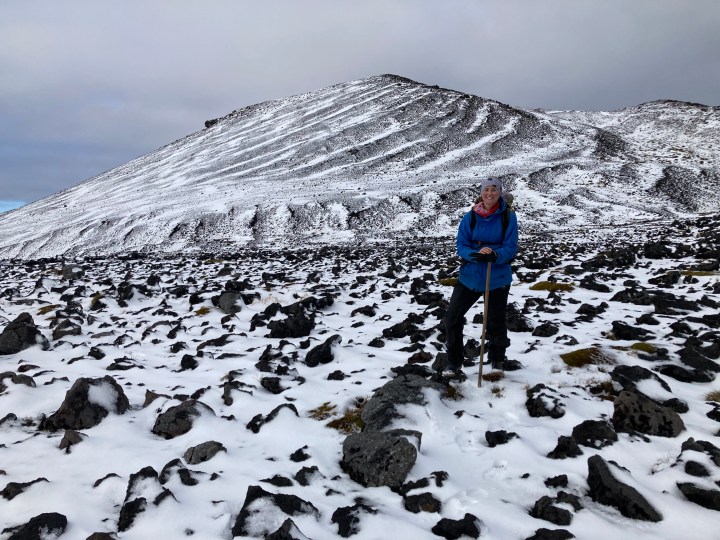
The world has turned grey, and nature has turned angry. A battle of three against one is raging halfway to Antarctica. Wind, rain and ocean unite their assault against the red-and-white icebreaker floating almost 5 000 tons. As above, so below. Staring at an invisible horizon from her porthole, Dr Marike Stander is as determined as the forces outside. Her destination: a near-inhospitable island. Her mission: finding fingerprints.
Dirt fingerprints. Or to be scientifically accurate: geochemical tracers found in eroded sediments. These ‘fingerprints’ help geologists to trace soil back to where it originated from. Think, for example, of a garden with several flower beds, and each flower bed is filled with soil from an unknown source. To figure out where the soil in each flower bed came from, geologists would collect soil samples and analyse these to find ‘markers’ or ‘tracers’ in the soil, which are like tiny fingerprints that can reveal its origin. These tracers are composed of natural elements or isotopes that are present when the soil was formed from the weathering of rocks. By comparing the tracers from the soil samples with the ‘fingerprints’ of different rocks and sediments from various regions, geologists can determine the likely origin of the soil from the different flower beds. Similarly, geochemical tracers can be used to study the movement and transport of sediments in rivers, lakes, and oceans. By analysing the tracers in sediments deposited on the ocean floor, scientists can trace their path and understand the processes that carried them there, such as currents, erosion, or even human activities like dredging or construction. In other words, geochemical tracers not only enable us to identify the origin of these materials, but also how they move around. But what is the significance?
Dr Stander, a lecturer and researcher at the Department of Geography at the University of the Free State, has made digging dirt her business. Her research focus is on sediment source tracing and the often-overlooked issue of soil erosion. Soil erosion is of global importance, since it not only impacts the storage of carbon and nutrients, but also the production of food and the pollution of water resources. “Soil erosion has detrimental effects on agricultural productivity by degrading arable land quality,” Dr Stander says, “but also that sedimentation in water bodies diminishes reservoir storage capacity with a myriad of adverse effects on aquatic environments.” In terms of agricultural practices, the ability to identify and quantify sediment sources and understanding soil erosion processes hold immense value for sustained productivity and food security. When considering water resources—which are under immense pressure in South Africa—it holds value in planning reservoir placement, optimising water storage and ensuring healthy aquatic environments,” Dr Stander explains.
But how did she find herself in the belly of an icebreaker with no land in sight and the sea floor four kilometres down? The Sub-Antarctic Landscape and Climate Research Group, led by Prof Werner Nel (University of Fort Hare) and Prof David Hedding (Unisa), approached Dr Stander to assist them in a research project. One of the objectives of the project is to explore how viable geochemical tracers in the substrate of Marion Island would be. Although only a tiny dot on the map—less than 300 km2—this untamed, tempestuous island captivated Dr Stander. She also discovered the only way to safely navigate the waterlogged mires and jagged lava flows is in gumboots. “One day we hiked in extreme rain. I was literally soaked all the way through. It was actually filling up my gumboots.” The one thing that really surprised her was experiencing the Roaring Forties. “You haven’t experienced wind until you’ve worked on Marion Island!”
Marion and its smaller neighbour, Prince Edward Island, are part of South Africa’s Western Province, and the first and only remote territory belonging to our country. Places such as Antarctica, the Southern Ocean, as well as Marion and Prince Edward Islands have much simpler ecosystems in comparison to mainland systems. Even slight changes in the environment trigger almost immediate reactions in these sensitive ecosystems that subsequently serve as early warning systems on the one hand, and predictors of possible consequences in the more complex mainland systems on the other. South Africa is the only African country with research stations that have the ability to explore these regions.
Fascinated by Marion Island’s volcanic features, Dr Stander points out that “in mainland South Africa, the Drakensberg Basalts are about 180 million years old, where this island is less than one million years old—and it’s actually still considered an active volcano.” Prof Hedding, one of the leading researchers of the group, was fortunate enough to capture a small volcanic eruption on video while over-wintering for research during 2004. Although only a small team of 10 – 12 researchers and technicians permanently occupy the island, scientists from around the world and across disciplines visit Marion.
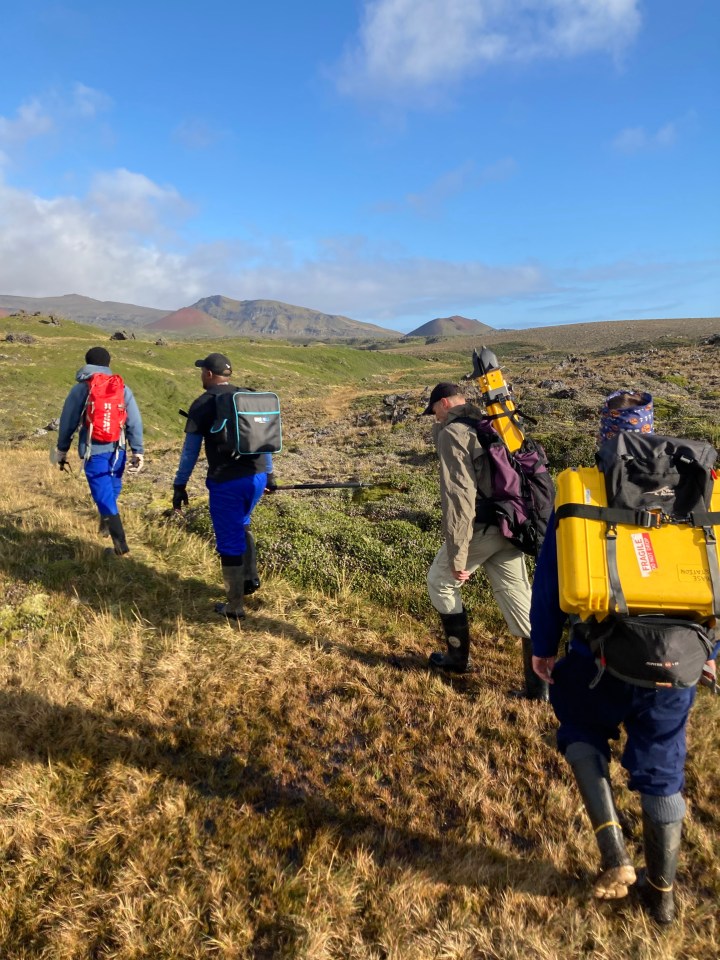
It is especially this amalgamation of expertise and disciplines that Dr Stander finds most exciting. “It changes your perspective and allows your mind to not only think outside the box, but also to think about all the interconnected boxes and how they affect each other.” Since the earth is composed of inseparable interconnected ecosystems, interdisciplinary and multidisciplinary work is essential. Being part of such an international team with researchers from the United Kingdom and France, Dr Stander was able to share and learn additional geochronological techniques and field methods. “It really expands your experiences, your expertise, your knowledge, your skill set. I’ve grown so much as a researcher and as a person as well.”
Her newly gained knowledge is now not only put to practice in catchment areas in the Eastern Free State—renowned for its erodible soils—but also promotes South Africa’s alignment with global initiatives. “Healthy soils play a pivotal role in achieving many of the United Nations’ Sustainable Development Goals (SDGs),” Dr Stander says, “since it links to safeguarding terrestrial ecosystems, reversing land degradation, and promoting sustainable agriculture, to name but a few.” Sustainability cannot be practiced in silo, though, relegated to 17 exclusive areas of SDGs.
Spending three weeks immersed in Marion island’s simplicity of existence proved this to Dr Stander. “Suddenly you realise that humans built up this world that is filled with just stress and anxiety, and they create these issues that just cause more anxiety.” She learned that we need less than we think we do.
“Except for condensed milk. You always need more condensed milk in your hot coffee.” DM
Written by: Michelle Nöthling
Contact Us:
Bloemfontein Campus: +27 51 401 9111
Qwaqwa Campus: +27 58 718 5000
South Campus: +27 51 401 9111
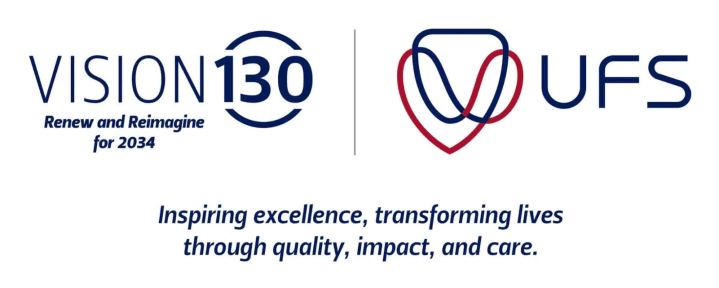






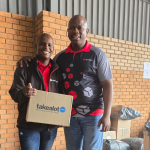
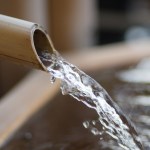









 Become an Insider
Become an Insider